Felix C. Boos, PhD
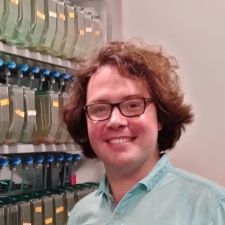
Evidence that aging is driven by defined, regulated processes (rather than simple “wear and tear”) has sparked hope that we might target these processes to fight age-related diseases. A particularly exciting example is the regulation of protein homeostasis, or the balance between protein synthesis, folding, and degradation. Protein homeostasis is deregulated in both cancer and normal aging, but the underlying mechanisms remain elusive. Dr. Boos will use the short-lived African turquoise killifish as a new model organism to study how different cells and tissues respond to protein misfolding, how they coordinate their responses, and how aging influences these pathways. This research will not only unravel fundamental mechanisms of aging, but also inform new strategies to fight multiple types of cancer. Dr. Boos received his PhD and his B.Ed. from the University of Kaiserslautern.
Rico C. Ardy, PhD

Dr. Ardy [Robert Black Fellow] is investigating the genetic determinants that govern the behavior of fibroblasts, a type of connective tissue cell that has been implicated in arthritis, heart disease, and cancer. Activated fibroblasts can exacerbate disease through various mechanisms, including remodeling tissue architecture and modulating the immune system. Dr. Ardy plans on using state-of-the-art genetic tools, including CRISPR inhibition and activation coupled with single-cell RNA sequencing technology, to uncover the proteins and pathways that regulate fibroblast behavior and thereby inform the development of new targeted cancer treatments. Dr. Ardy received his PhD from the Medical University of Vienna and his BS from the University of California, Los Angeles.
Jung-Shen Benny Tai, PhD
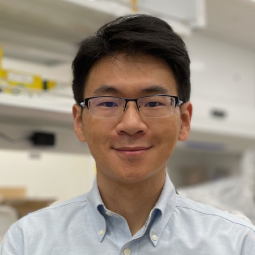
Dr. Tai studies bacterial biofilms or aggregates of bacterial cells in an extracellular matrix. Biofilms play a critical role in many health and industry settings. Biofilm-forming bacteria and imbalance in patients’ gut microbiota have been found to correlate with cancer development, and cancer patients receiving therapy frequently suffer from bacterial infections. From the unique perspectives of microbiology, soft matter physics, and ecology, Dr. Tai aims to decipher how, at the single bacteria cell level, heterogeneities in cell shape, organization, and gene expression constitute the function and development of their collective communities: biofilms. His work is expected to deepen our understanding of bacterial biofilms and ultimately contribute to therapeutic strategies.
Bo Gu, PhD
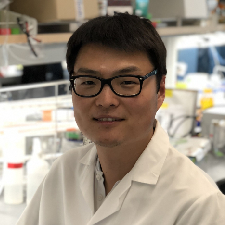
Dr. Gu [Fraternal Order of Eagles Fellow] is deciphering the combinatorial code of mammalian transcription regulation. The precise and robust regulation of gene expression is typically achieved through a combination of multiple transcription factors. However, we lack understanding of how a mammalian transcription system perceives, processes, and presents combinations of transcription factors. Dr. Gu will combine quantitative modeling and synthetic approaches to analyze the complex interactions among natural transcription regulatory proteins and apply the principles learned to engineer a programmable transcriptional platform with tunable logic. This work promises to deepen our understanding of mammalian transcription regulation and unlock new capabilities for emerging cell-based therapeutics.
Georgia R. Squyres, PhD
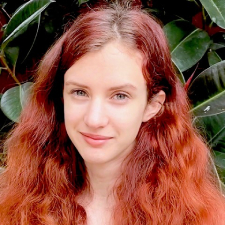
Dr. Squyres [National Mah Jongg League Fellow] is using quantitative microscopy and cell biology approaches to study how bacteria in biofilms coordinate their behavior in space and time. Biofilms are dense, multicellular communities of bacteria embedded in an extracellular matrix. Biofilms often form during bacterial infections, resulting in infections that are difficult to treat and resist antibiotics; cancer patients are at particular risk for these types of infections. Dr. Squyres is currently investigating how the release of extracellular DNA, a key component of the biofilm matrix, is coordinated during biofilm development. Greater understanding of how bacteria function in biofilms can lead to new approaches to target these treatment-resistant infections.
Madi Y. Cissé, PhD

Dr. Cissé [Merck Fellow] aims to define the functional importance of nutrient sensing within the tumor microenvironment. How cells sense and adapt to the availability of nutrients in their environment is incompletely understood, but one key pathway is the signaling system anchored by the mTORC1 kinase. The mTORC1 kinase regulates cell growth and metabolism in response to nutrients such as amino acids and glucose. Aberrant mTORC1 signaling is implicated in several cancers, including melanoma, known to be heavily influenced by factors in the microenvironment such as nutrient availability. Dr. Cissé aims to understand how tumor metabolism senses and responds to varying nutrient levels, which will be essential for developing novel therapeutic targets.
Marco A. Catipovic, PhD
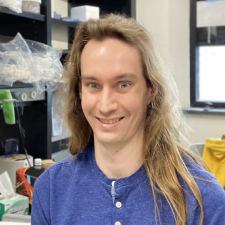
Dr. Catipovic focuses on the mechanisms governing the resolution of errors that arise during RNA translation in mammals. Ribosomes translating the same message can collide if they are damaged or encounter blockages much like cars involved in a traffic accident. While cells can tolerate small numbers of these incidents, pervasive collisions overwhelm the cell and force it to make crucial decisions regarding long-term viability. Dr. Catipovic investigates the biochemical mechanisms governing this determination. He uses reconstituted translation systems, consisting of purified translation factors in vitro, as a tool to study the signaling pathways initiated by ribosomal collisions that effect the life-death decisions of severely stressed cells. Perturbation of these pathways can cause premature cell death or unregulated cellular proliferation, which is found in almost all cancers.
Lauren E. Cote, PhD
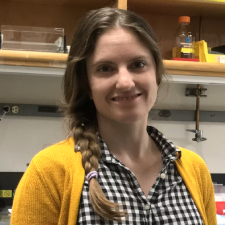
Dr. Cote is exploring embryonic development to better understand how cells cooperate and build complex tissues. Since cancer cells often erroneously redeploy developmental programs and behaviors, her research into how neighboring cells align will yield insights into how cancerous cells metastasize and invade other tissues. Dr. Cote is combining tissue-specific genetic manipulations and laser cell ablations with live imaging during Caenorhabditis elegans digestive tract development to reveal how intracellular organization in one cell type can influence the alignment, polarity, and function of cells in the neighboring tissues.
Junhong Choi, PhD
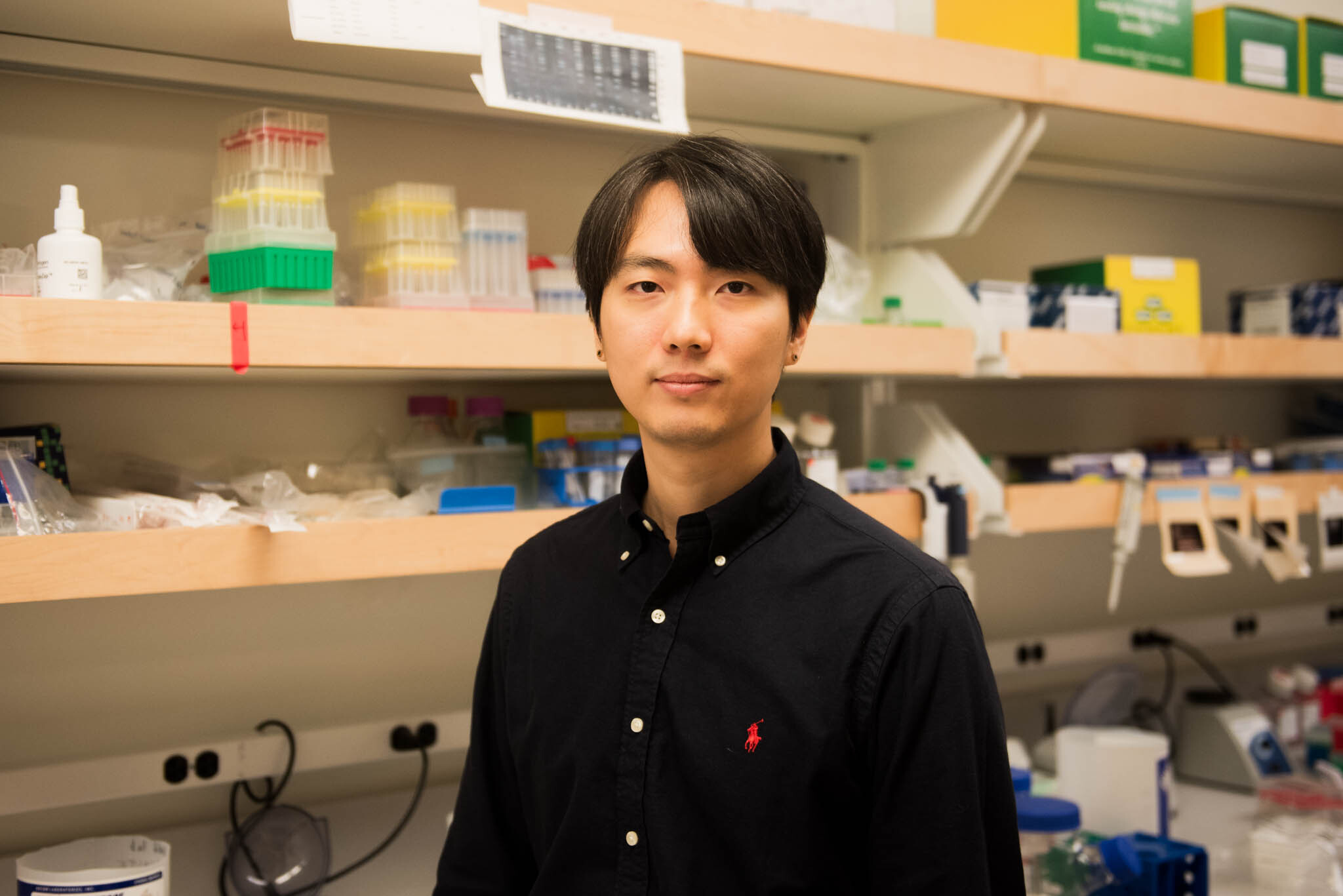
Dr. Choi develops a technology called “Molecular recording”, which allows the recording of cellular events and their lineage information into each cell’s genome. These innovative tools are critical for understanding the development of individual cells, both in normal developmental processes and in diseases like cancer. Recently, Dr. Choi has successfully demonstrated this technology by engineering human cancer cells to record their lineage or signaling events in a culture dish (“in vitro”) using CRISPR-based genome editing methods. Moving forward, Dr. Choi plans to further develop these methods to study cancer development. The goal is to uncover how specific characteristics of cancer cells emerge, ultimately identifying new targets for treatment.
